Kidepo Valley National Park : best Wildlife Safari Destination in Uganda
Kidepo Valley National Park, situated in the remote frontier of Uganda, is arguably the most remote national park in the country, yet it remains one of the premier pristine destinations for nature lovers visiting Uganda on safaris and excursions. This unspoiled national park is unquestionably one of the premier wilderness places in Africa, hosting several extinct species of fauna not found in any other Ugandan national park. Kidepo valley national park is situated at the heart of a savannah landscape adjacent to several hill formations. The rationale for organizing your safari here is limitless, a reality you will undoubtedly recognize upon your arrival in Uganda. In addition to the remarkable animal safari experience, this kidepo national park serves as an excellent location for a cultural trail, particularly for those interested in observing the Karamojongs, Acholis, and other prominent tribes. Additional exhilarating tourism activities in the woods of this region encompass nature hikes, birdwatching, and hiking. Kidepo Valley National Park boasts superb hotel alternatives such as Apoka Safari Lodge, Kidepo Savannah Lodge, and Nga’Moru Wilderness Camp, complemented with a temperate climate, stunning vistas of the savannah grasslands, and numerous additional attractions, showcasing nature’s bounty.
Kidepo National Park is a remarkable treasure, teeming with wildlife abundance. It accurately represents tourism in Uganda yet remains unfamiliar to many. Kidepo Valley National Park was designated as a national park in 1962 and today accommodates approximately 75 species of mammals and 470 species of birds. All of these are situated in a fantastic game viewing spot. This national park is located in the Kaabong area in Northeastern Uganda. It is approximately 510 kilometers by road from Kampala, Uganda’s capital, to Moroto, which is reportedly the largest town in the subregion. This national park, recognized as the third greatest in Africa, is an essential destination for every traveler seeing Uganda, including those on safaris and wildlife trips.
Climate and weather at kidepo valley national park
Uganda expeditions Kidepo Valley National Park is a semi-arid region characterized by average yearly temperatures of 29°C. In extreme instances, daytime temperatures can reach 400°C. Kidepo Valley National Park experiences a singular rainy season annually from April to September. The rainy season may appear prolonged, although it is irregular and averages a low volume of 700mm annually. The soils in extensive areas of the Karamoja region are sandy, deficient in plant nutrients, and have a limited capacity to retain rainwater for extended durations. The interplay of temperature and soil types affects the flora patterns across Kidepo Valley National Park. In the rainy season, flora flourishes, grasses and shrubs emerge, and the wilderness teems with lively fauna. Vegetation diminishes and desiccates, exposing sand and bare soil during extended droughts. The expansive forest cover of Kidepo Valley National Park is conducive to observing a diverse array of wildlife during safaris in Uganda.
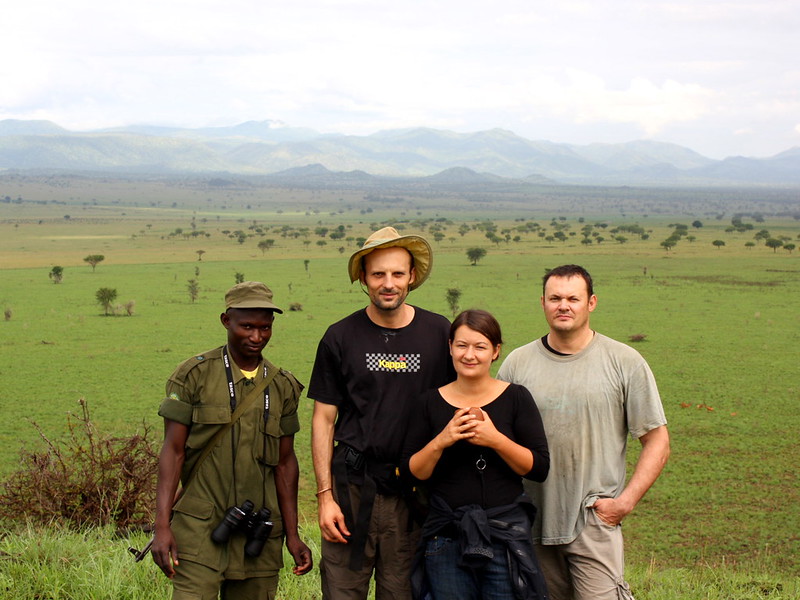
Apoka Tourism Center
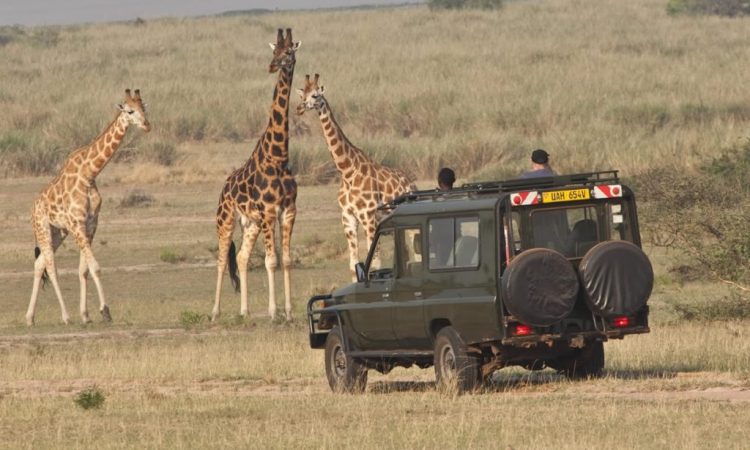
Uganda tours Apoka serves as the epicenter of tourism, and every passenger visiting Kidepo Valley National Park frequently stops at the Apoka tourism center. The park offices are located in Apoka, where visitors complete the necessary procedures for all park tourism services and other administrative matters. This is an optimal location to arrange for a ranger to accompany you on wildlife viewing safaris, guided walks, birding expeditions, community tours, camping safaris, or for other inquiries. An airfield for light planes exists, and Apoka serves as the primary aerial access point to Kidepo Valley National Park. Apoka Safari Lodge is a luxury safari camp providing superior hospitality services to guests, while Apoka Rest Camp offers modest accommodations for budget-conscious visitors, and a campsite is available for those who prefer camping. Apoka is a hill that offers panoramic views of an artificial dam where wildlife species gather to alleviate the discomfort of the day’s heat.
The Karamojong pastoralists
Uganda safari tours, The Karamojong is an indigenous group residing in the Karamoja region. The Karamojong formerly engaged in a nomadic lifestyle, traversing the broad plains of Karamoja with substantial herds of livestock, including cattle, sheep, goats, and chickens. Dogs are essential in a Karamojong household, or manyatta, as they notify the family of encroaching wildlife species. The Karimojong take great pleasure in their livestock. The magnitude of a herd signifies affluence and social standing. In the traditional African lifestyle, where currency was absent, animals served as a means for conducting social and commercial transactions. The Karamojong nomads and wildlife cohabited in the Karamoja region, with their livestock grazing alongside herbivores and utilizing shared water sources. Historically, the Karamojong engaged in violent raids on neighboring tribes to augment their livestock herds. The incursions have diminished due to awareness campaigns regarding the perils of violence and the arms embargo in the Karamoja region. The Karamojong established permanent residences while maintaining a profound respect for their traditional practices and cultural beliefs. Tourists in Uganda frequently visit the Karamojong manyatta to exchange life experiences, gain insights about survival strategies in the wilderness, and investigate the genuine culture of an indigenous African society. Contact the park management or hotel reservations to arrange for an indigenous ranger to accompany you during your visit to the manyatta.

Kidepo valley national park Management
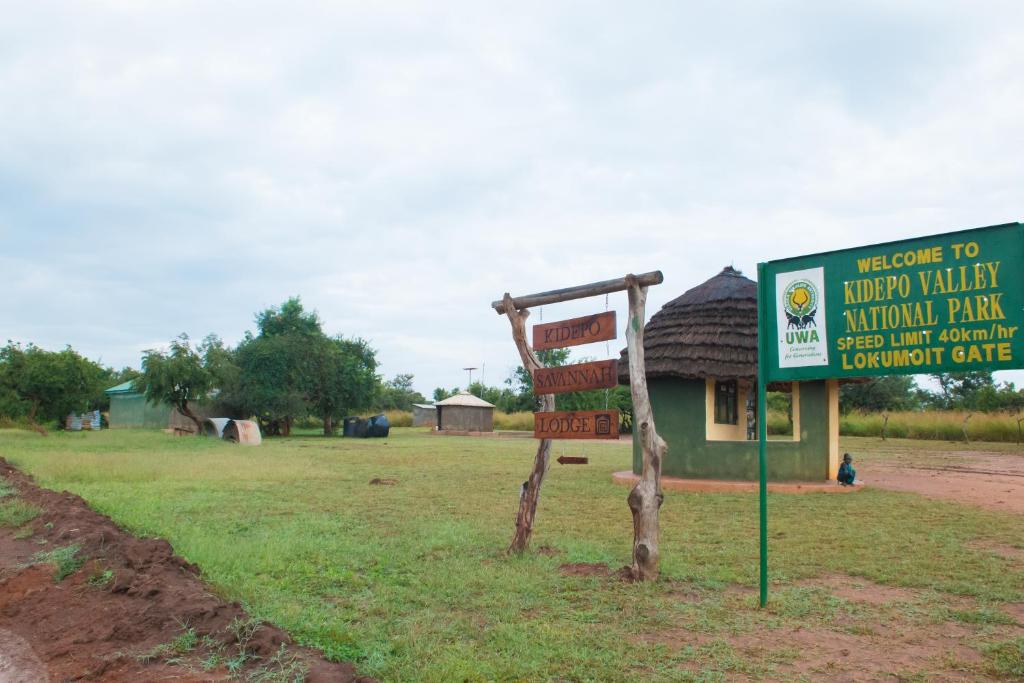
Best Uganda safaris The Uganda Wildlife Authority, a governmental entity responsible for overseeing all wildlife resources, also administers the management of Kidepo Valley National Park. The Uganda Wildlife Authority is headquartered in Kampala, with regional offices located throughout all wildlife reserves. The Uganda Wildlife Authority headquarters are located in Apoka within Kidepo Valley National Park.
Kidepo Valley National Park has two entrance gates: Lokomoit Gate for travelers from the southwestern regions of Kitgum and Gulu, and Nataba Gate, the primary access point to the southeastern area. Travelers arriving by plane at Lomej airfield receive authorization to access the park at the Apoka main offices, located 3 km away. The Uganda Wildlife Authority serves as the custodian of wildlife, including animals, birds, reptiles, fish, plants, and other wildlife resources within reserves. The Uganda Wildlife Authority is mandated to safeguard and conserve the wildlife integrity of Uganda.
Kidepo Valley
The national park receives its name from the Kidepo Valley. In the indigenous community’s tongue, Kidepo loosely translates to “to pick” from beneath. Kidepo Valley is renowned for its gorgeous borassus palm trees, which are a delicacy for elephants and local tribes, elegantly dispersed throughout the valley. The name may have originated from the numerous groups who enter the valley to collect fallen, ripening borassus palm fruits for household use during the dry season. The seasonal Kidepo River in Kidepo Valley travels north into South Sudan, where it is augmented by the Narus River before emptying into the White Nile. In the rainy season, the valley inundates, and the Kidepo River becomes a formidable force that only the unfeeling can attempt to traverse. The flora is abundant, and there is a pronounced presence of mammals throughout the area. Wildlife species gather in Kidepo Valley, offering opportunities to observe various game residing in Kidepo National Park. During the arid season, the flora of Kidepo desiccates, revealing stark white sand dunes. The Kidepo River lies dormant till the arrival of the next rains. Numerous wildlife species abandon the Kidepo Valley for the Narus Valley in pursuit of essential supplies for survival. For adventure travelers visiting Uganda, this is an opportune moment for nature walk safaris in the valley to explore the wilderness and appreciate the beauty of Uganda’s natural environment. This is an opportune moment for walking safaris in the valley to explore the wilderness and appreciate the beauty of Uganda’s natural landscape.
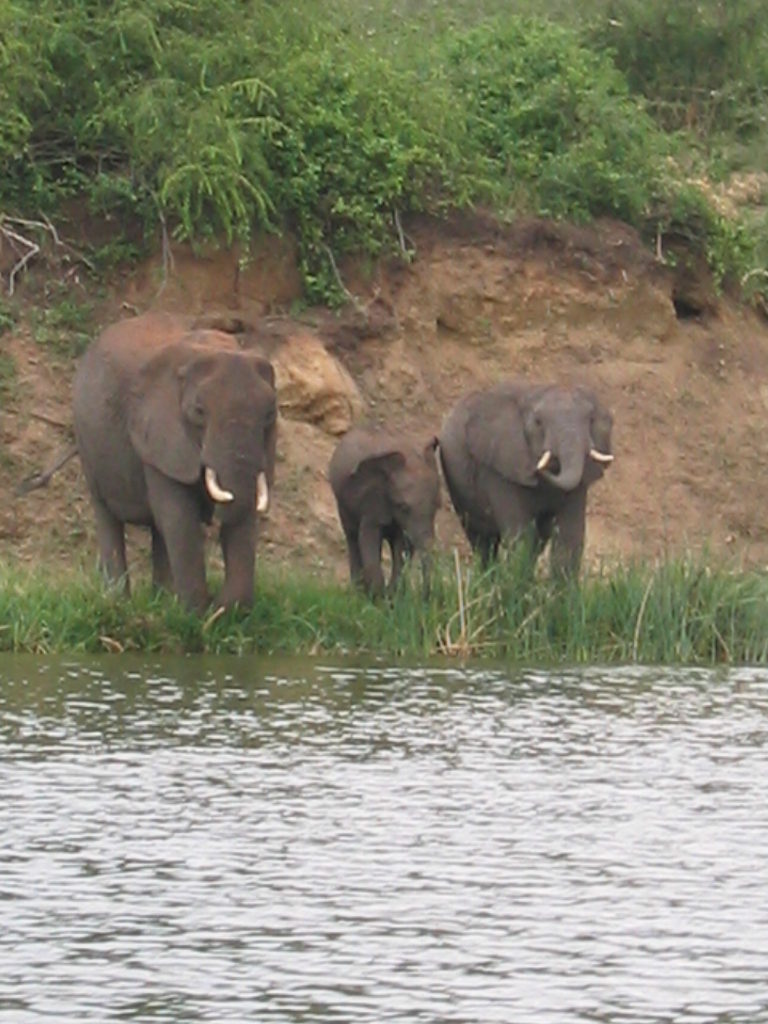
Narus Valley
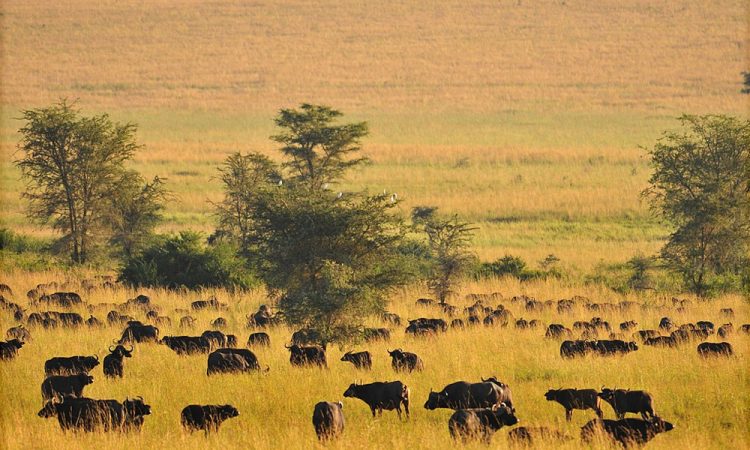
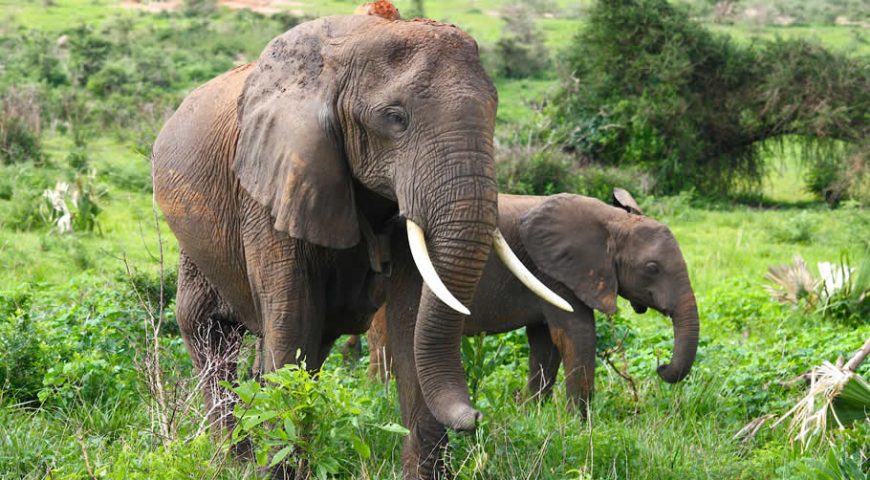
Uganda excursions Narus Valley: In the native Karimojong dialect, “Narus” translates to muddy or soggy ground. Karamoja is a semi-arid region characterized by elevated temperatures, minimal precipitation, and semi-arid vegetation that exposes bare soil following extended droughts. The valley’s soil texture is saturated and retains moisture for extended durations post-rainy season, resulting in ephemeral wetlands, thickets, and oases. The Narus River inundates during the rainy season and courses northwest of Kidepo Valley National Park across the valley. The Narus Valley preserves oases even throughout the prolonged drought of the dry season, whereas the majority of the Karamoja region becomes semi-arid. The valley is a significant boon to the indigenous Karimojong nomads who traverse the Karamoja region in pursuit of water sources and verdant pastures for their extensive cattle herds.
For people visiting Ugandan’s Kidepo Valley National Park, the valley serves as a stage for a tourism spectacle. The Narus Valley serves as an oasis within the semi-arid Karamoja region, where animals gather to escape the intense heat of the sun. The valley features a distinct trail system that facilitates effortless wildlife observation at concealed locations. It is strongly recommended to select a ranger at the nearby Apoka tourism office, who can elucidate wildlife situations, possesses knowledge of local wildlife behaviors, and is familiar with their habitats. The Narus Valley is an ideal site for observing lions, buffalo, zebras, hartebeests, giraffes, cheetahs, leopards, waterbucks, various kinds, and other exquisite bird species. The Katurum track offers breathtaking vistas of the Narus Valley, making it an exemplary location to marvel at and appreciate the selection of tours in Uganda. The Narus River converges with the larger Kidepo River 13 km north into South Sudan, which then merges with the White Nile.
Game Drive in Kidepo Valley National Park
Kidepo Valley National Park is a renowned safari destination in Uganda, offering diverse wildlife viewing opportunities. The Karamoja region boasts over 80 animal species, and visitors to Kidepo Valley National Park have significant chances of observing a diverse array of them. Twenty-eight mammal species are native to the Karamoja region in Uganda, and travelers on a safari in Kidepo Valley National Park have a high likelihood of encountering them. The majority of Kidepo Valley National Park consists of flat terrain, interspersed with picturesque rolling hills in certain areas. The landscape features beautiful grasslands and savannas that extend to the horizon. The environmental conditions facilitate the ease of game observation, rendering game viewing safaris exceptionally effective.
Utilizing a tailored safari vehicle and positioning oneself within the game viewing zone by 6 AM is strongly recommended to maximize prospects for observing nocturnal wildlife and engaging with animals at their most active period in the morning chill. Arrive in the designated area by 4 PM for the evening game viewing safaris to observe the animals concluding their daily activity. Engaging a ranger at the Apoka tourism office enhances the likelihood of wildlife encounters, as the rangers possess extensive knowledge of animal behaviors and track their activities. The wildlife species of Kidepo Valley National Park, like to many other wildlife areas, significantly diminished due to the insurgencies of the 1980s, during which poaching for economic gain appeared to be a profitable enterprise. Rhinoceroses were exterminated due to the hunting of their horns. There is relative tranquility throughout Uganda, and wildlife species statistics are on an upward trajectory. Tourists in Kidepo Valley National Park have the opportunity to observe various wildlife, including lions, cheetahs, leopards, maneless zebras, kudus, buffalo, oryx, gazelles, elephants, giraffes, elands, roan antelopes, striped hyenas, jackals, hyenas, reedbucks, waterbucks, Uganda kobs, Nile crocodiles, duikers, and numerous others.
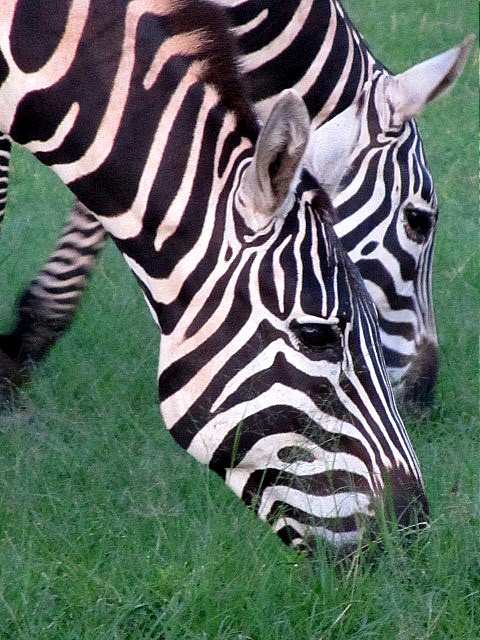
Nature walk in Kidepo Valley National Park
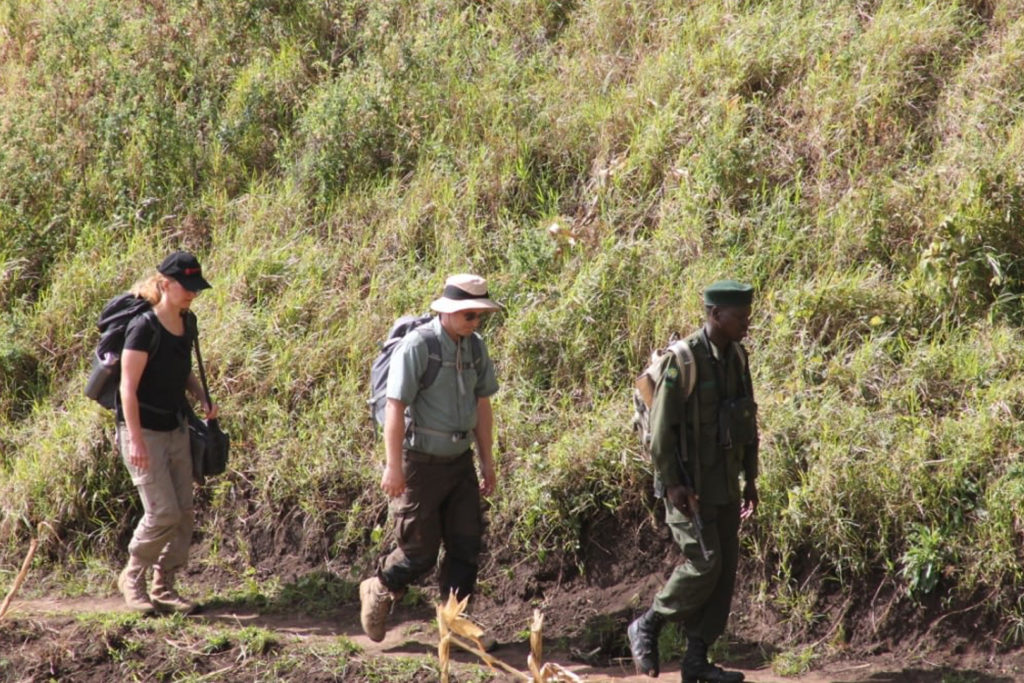
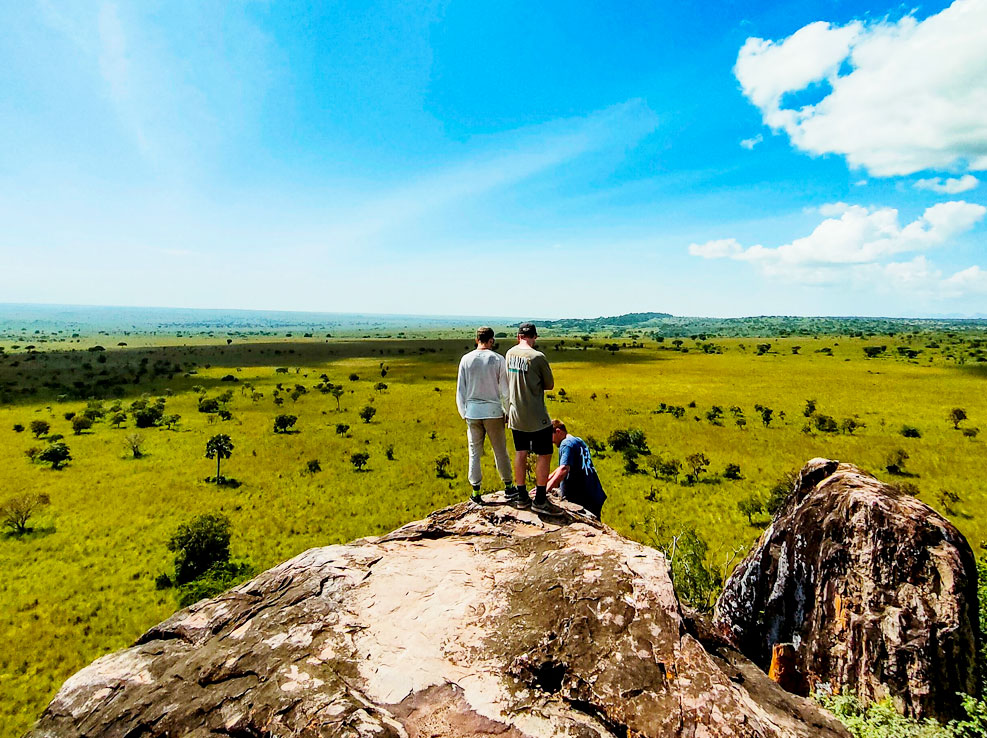
The nature trails in Kidepo Valley National Park is extensive. It is exquisite and replete with captivating sights. Kidepo Valley National Park possesses the quintessential characteristics of the genuine African wilderness for several people visiting Uganda. Expansive plains in a picturesque terrain, characterized by diverse land features, where exquisite wildlife species disperse throughout the grasslands and interact freely. Kidepo Valley National Park is an unspoiled gem, and many people touring Uganda are compelled to venture into the woods, explore nature, and make personal discoveries. A nature walk in the picturesque Lamoj hills provides visitors the chance to observe wildlife in the nearby valleys. The wilderness photography excursions in Kidepo Valley National Park, particularly in the Lamoj Hills, present an opportunity to get commercially viable photos. Numerous tourists journey considerable distances from Apoka to visit and explore the Kanangorok hot springs, a natural spa situated in the forest. During the arid season, when River Kidepo National Park is tranquil and desolate, several travelers are compelled to embark on a barefoot nature walk across the Kidepo valley sands, experiencing a sense of triumph over nature and wildness beneath their feet.
Travelers seeking tranquil locales for genuine wilderness experiences frequent the Namamukweny Valley. Namamukweny literally translates to a location devoid of birds, signifying a life of alone or isolation. As its name suggests, it is a remarkable treasure endowed with nature’s abundant beauty. The Namamukweny Valley is an ideal spot for travelers desiring privacy and retreats to contemplate and rejuvenate their thoughts, far from the distractions of contemporary comforts.
Reserve a ranger at the Apoka park headquarters or through your hotel’s concierge for your exhilarating nature walk safari. Ranger escorts possess the capacity to explain nature, extensive knowledge of all areas inside Kidepo Valley National Park, and undoubtedly enhance nature walk safaris, making them enriching and very gratifying.
Safari tips
Safari tips are crucial for ensuring a seamless experience during your trip of Kidepo Valley National Park. The document outlines the requirements, guidelines, and pertinent information regarding the park. Primarily, they inform you about the rules and regulations; when individuals cannot locate the guidelines, they frequently adhere to the provided safari advice. Most recommendations are provided as instructions by the governing organization for wildlife species in Uganda, namely the Uganda Wildlife Authority. Here is a list of recommendations to ensure a secure journey to the park and facilitate your safari experience with few or no inquiries.
Kindly verify your reservation and ensure accommodation prior to travel. This is a crucial safari recommendation.
Kindly comply with park restrictions. They are specifically engineered to ensure your safety while enhancing your experience in Uganda.
Direct any inquiries to the park and hotel personnel. They will willingly guide you to the appropriate locations.
Pack lightweight garments, prioritizing long-sleeved items in dark hues. The roads are arid during the dry season and saturated during the rainy season.
Insect repellant is crucial as elevated temperatures create favorable circumstances for several species of insects and pests.
The sun becomes scorching at any time, resulting in sunburns. Wear protective clothing, like safari hats, caps, and sunglasses, to mitigate the effects of heat on your body. A crucial advice for safaris.
Hiking boots are perfect for outdoor safaris.
Consume plenty non-alcoholic beverages, such as water and juice, to mitigate dehydration.
Four-wheel-drive safari vehicles are important during the rainy season.
Interrupt the journey for an overnight respite to mitigate weariness. Numerous other tourism activities are available to discover along the paths to Kidepo Valley National Park.
Scheduled or chartered flights from Kampala are expedient, taking 2 hours, although diminish the thrill of discovering the region.
Matheniko Wildlife Reserve
Uganda excursionsThe Matheniko Wildlife Reserve, spanning 1,520 km² in the Moroto district, is a component of the larger Kidepo Valley Conservation Area, although it is separate from the national park. The Matheniko Wildlife Reserve is situated southeast of Kidepo Valley National Park, adjacent to the international border with Kenya. The Matheniko Wildlife Reserve, similar to extensive areas of the Karamoja region, is a semi-arid savanna characterized by the prevalence of date palms, acacia trees, and butterfly pea plants as the dominating species. The Wildlife Reserve boasts a diverse array of unusual animals that thrive in severe semi-arid conditions.
Tourism services in Matheniko Wildlife Reserve are not as advanced as those in other Ugandan safari locations; yet, visitors are often astonished by the area’s beauty, population density, and distinctive wildlife species. Game viewing safaris frequently produce successful observations of cheetahs, buffalo, leopards, roan antelope, lesser kudu, elands, serval cats, mountain reedbuck, topi, wildcats, Bright’s gazelle, blue duikers, Bohor reedbuck, striped hyena, waterbucks, jackals, Ugandan kobs, oribi, spotted hyenas, civets, common duikers, olive baboons, patas monkeys, vervet monkeys, and various other mammalian species. The Wildlife Reserve hosts a significant diversity of avian species, including unusual varieties from the expansive Somali-Masai corridor that extends from the Horn of Africa to adjacent Kenya.
There is a significant likelihood of observing The black-headed plover, thick-billed honeyguide, Verreaux’s eagle, Egyptian vulture, Ethiopian swallow, pygmy falcon, Clapperton’s francolin, Eastern bronze-napped pigeon, Abyssinian ground hornbill, mountain yellow warbler, Hartlaub’s turaco, and red-billed oxpecker, among numerous others. Self-catering camping in the woods is the sole accommodation option within the Wildlife Reserve, however Moroto and Kotido towns are accessible within a reasonable travel distance. Plans are underway to develop a safari camp in the near future. A 4WD vehicle is required due to certain segments of the road network being unpaved and becoming treacherous during the wet months of April, May, and November. Numerous travelers en route to Kidepo Valley National Park in Uganda alleviate the tedium of extended travel at Matheniko Wildlife Reserve.
Bokora Wildlife Reserve
Bokora Wildlife Reserve, spanning 2,056 km² in Moroto District, is the second largest contiguous wildlife protected area in Uganda. The Bokora Wildlife Reserve’s significance as a vital element of the ecosystem became evident even during the colonial era. It has been a nature reserve since 1964. Bokora Wildlife Reserve is situated in the Karamoja region, southwest of Kidepo Valley National Park. It adjoins the Matheniko Wildlife Reserve to the northeast and the Pian Upe Wildlife Reserve to the southwest. The three wildlife reserves serve as a vital corridor for the migration of wildlife species from Mt. Elgon National Park to Kidepo Valley National Park. There exists a significant resemblance in meteorological conditions, soil types, vegetation cover, and wildlife species within the same zone.
Bokora Wildlife Reserve is an exemplary safari destination in Uganda for people desiring tranquil areas to explore the outdoors and appreciate the beauty of a serene country. Few travelers have explored this pristine region, yet their reports consistently highlight the magnificence of this hidden jewel in Uganda’s tourism landscape. Loporokocho wetland is a renowned place for game viewing, where wildlife species of various sizes and colors gather to cool off. There is a significant likelihood of observing lions, topi, lesser kudus, leopards, buffalo, zebras, striped hyenas, roan antelopes, elands, oribi, duikers, Uganda kobs, Bright’s gazelles, hartebeests, spotted hyenas, oryx, and reedbucks among the mammalian species.
Birdwatching safaris at Bokora Wildlife Reserve leave indelible impacts on guests’ memories through unusual bird species sightings in Uganda. Prominent avian species likely to be observed include Ostriches, Alpine Chat, Jackson’s Hornbill, Grey Cuckoo-shrike, Lemon Dove, Dusky Turtle Dove, White-headed Buffalo Weaver, Black-throated Wattle-eye, African Hill Babbler, Thick-billed Honeyguide, Mountain Yellow Warbler, Eastern Bronze-naped Pigeon, and Hartlaub’s Turaco, among others. Bokora Wildlife Reserve is an unexploited treasure that has seen minimal visitation from travelers. The tourist and hospitality amenities remain rudimentary; yet, this does not diminish the abundant animal riches available. Camping in the wilderness is the sole option for lodging, while a private developer is finalizing plans for a luxury safari lodge. Travelers visiting the Bokora Wildlife Reserve in Uganda get lodging in the towns of Kotido, Katakwi, and Abim, which are situated at a fair distance from the reserve. Bokora Wildlife is a great location to pause during the lengthy journey to or from Kidepo Valley National Park.
Mount Morungole
Uganda excursionsThe Mount Morungole range encompasses extensive areas south of Kidepo Valley National Park and serves as the origin of the Kidepo River and the Narus River, which are vital to the park’s biological species. For adventure travelers visiting Uganda, trekking in the Morungole mountain ranges is a certain method of fulfilling intense adrenaline-seeking pursuits. The ascent into the mountain provides hikers with panoramic vistas of the Narus and Kidepo plains, as well as the remainder of Kidepo Valley National Park in the foothills. The Morungole mountain range is the revered site and ancestral homeland of the Ik people, a minority community in Uganda. Ascending Mount Morungole is a rigorous challenge for physical fitness and commences early in the morning before the temperatures in Kidepo Valley National Park reach extreme levels. The ascent to Mount Morungole is a chance for photography and filming expeditions to capture stunning shots of the entire Kidepo Valley National Park and the surrounding landscapes.
It is advisable to arrange a ranger escort through Kidepo Valley park administration or your accommodation to enhance the unique experiences of your visit in Uganda.
The Ik Tribe
Uganda excursionsThe Ik people are an indigenous community residing in the Morungole mountain range, which they regard as their holy home. UNESCO classifies the Ik people, who number only in the thousands, as critically endangered, mostly due to the loss of their traditional lands for wildlife conservation efforts. The Ik people navigated the Karamoja plains in pursuit of wildlife, foraging for edible fruits, leaves, roots, and flowers. The Ik’s affinity for honey and bees is renowned, and members possess specialized skills for locating bee colonies and gathering honey. The Ik people traditionally engage in polygamy and regard childbearing as a manifestation of ancestral favor. The Ik people have a significant prevalence of underage marriages in families lacking substantial money. In the Ik community, a primary criterion for securing a marriage partner is the capacity to supply the family with essential survival needs, including foraging for food from the forest and obtaining shelter. Numerous people content with wilderness safaris in the national park visit the Ik homesteads in the Morungole mountain range to engage with a community that maintains a traditional African lifestyle. An overnight camping experience near the Ik Manyatta allows tourists to explore the environment at night and engage in firsthand honey collecting activities.
Arrange for an indigenous ranger escort for the excursion into the Ik community. It is strongly recommended to present gifts to the Ik to gain their trust and obtain genuine lifestyle experiences.
Birding
The topography and geographical characteristics of the Karamoja region, especially Kidepo Valley National Park, are distinct from those of the remainder of Uganda. The Karamoja region delineates the boundary where the dry climates of North Africa converge with the grasslands of East Africa. Kidepo Valley National Park is a convergence point for distinct avian species from various geographic regions. Kidepo Valley National Park is a significant birding safari destination in Uganda, featuring around 450 bird species, making it an ideal location for bird watching excursions. In Uganda, twelve of the fifty species of birds of prey are indigenous to the Karamoja region. Birding excursions in Kidepo Valley National Park offer excellent opportunities to observe notable species such as the ostrich, Abyssinian roller, Verreaux’s eagle, yellow-billed hornbill, Egyptian vulture, Kori bustard, pygmy falcon, Karamoja apalis, Jackson’s hornbill, among numerous more.
Ziwa Rhino Sanctuary
Ziwa Rhino Sanctuary is a non-governmental organization established in 1997 by the government tourism agency to repopulate the wild white rhinos in Uganda. It is an undiscovered tourist attraction accessible to people journeying northward in Uganda towards national parks such as Murchison Falls National Park and Kidepo Valley National Park. Consequently, the majority of safari operators would amalgamate excursions to Murchison Falls and Kidepo National Park with visits to Ziwa Rhino Sanctuary. This is the sole location to observe white rhinos in Uganda, rendering it a distinctive safari tour destination. Ziwa Rhino Sanctuary offers several activities, including on-foot rhino treks, shoebill treks, canoe rides, night walks, and bird walks.
What is the best time to visit kidepo valley National park
Optimal Period for Visiting Kidepo, Uganda Safaris The optimal period to visit Kidepo Valley National Park is during the dry season, which spans from September to March, as the park is semi-arid and experiences minimal rainfall during the rainy season. The park is accessible year-round, contingent upon the visitor’s preferences. From September to March, the park experiences fewer crowds. In April and May, camps and tents typically close due to rainfall. September, October, and November mark the conclusion of the rains, heralding the dry season. Finally, from December to February, the park becomes exceedingly hot and dusty. For those seeking a wildlife adventure, it is advisable to visit Kidepo Valley National Park during the dry season, as wildlife observation is significantly enhanced due to animals actively searching for water sources and vegetation. Additionally, traversing the park’s rugged marram roads is more manageable compared to when they are muddy. The wet season is optimal for avian observation excursions. During this period, migratory birds are present, the park is verdant, the heat is less oppressive, and although animal sightings are diminished in this wet season, some may still be observed.
Kaabong District, Uganda Safaris Kaabong is a district located in the northern part of Uganda, specifically within the Karamoja sub-region. The Kaabong district was separated from the Kotido district in 2005 to establish itself as an autonomous district with its own local governance and socio-economic initiatives. Kaabong encompasses approximately 7,224 square kilometers of rugged terrain characterized by hills and valleys. The vegetation, climate, and altitude of Kaabong District are predominantly semi-arid, however several areas feature savannah vegetation sustained by diverse soil types. Only one annual agricultural season exists because to Kaabong’s extensive coverage of short trees, bushes and spiky shrubs. Kidepo Valley National Park is situated in this district, approximately 66 kilometers by road from the district seat. Kidepo encompasses roughly 1,442 square kilometers within the Kaabong district’s overall land area. Kidepo Valley National Park is located in the Kaabong District in Northern Uganda, adjacent to Moroto District, the major town in the Karamoja sub-region to the northwest, and Kampala, the capital city, to the northeast. Kidepo Valley National Park is situated in the Karenge sub-county of Kaabong District.
